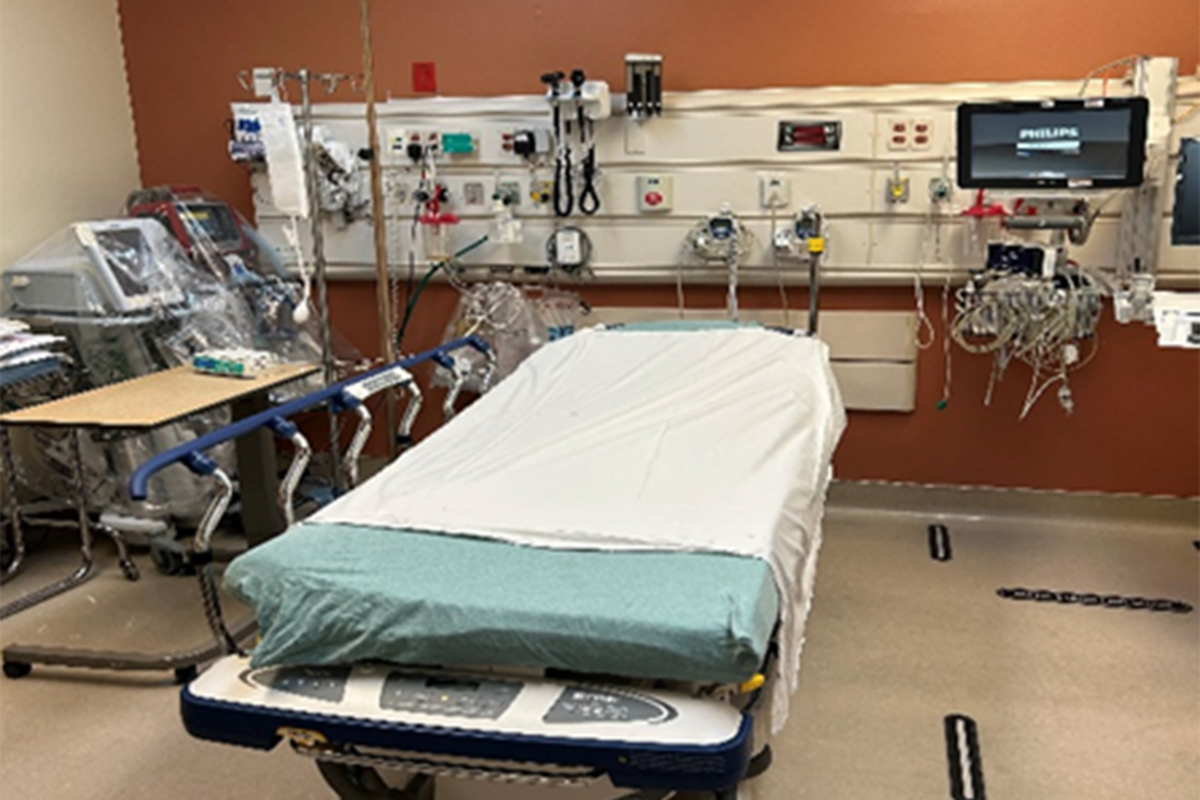Being able to room patients in a timely manner was a consistently difficult endeavor, especially during peak hours of the day. Fragmented communication and lack of standardization left staff feeling frustrated and created unnecessary delays for our members. By utilizing visual management, tightening communication amongst the care team, and streamlining our process for room readiness, we were able to facilitate a better patient experience as well as decrease care delays. Standard work was written by the team that included clear identification of the type of room clean needed, an expectation for specific room cleans, and an escalation pathway for barriers. Room readiness is a critical component of the care provided in this department because it facilitates timely intervention.
By improving room readiness, overcrowding of the halls and the internal waiting room is limited and we can ensure efficient flow through the phases of care. Our sub-wait area nurses felt frustrated and burdened by the lack of communication, coupled with the need to get members to treatment rooms. Setting clear expectations for the timing around cleaning rooms, coupled with creating visual management, has alleviated some of the pressures nurses feel when they can’t get their patients where they need to be.
“Ready Room”
We used to struggle getting patients into rooms quickly, especially during busy times. Communication and inconsistent processes caused delays and frustration, but we knew there must be better way.
This project was multidisciplinary in that it included nurses, techs and our unit assistants to make the changes occur. Our UPC chair Alisa Bowron, RN and UPC member Joel Blevins, RN led the event. Before, communication did not exist and with the span of our emergency department it is necessary to have efficient, reliable communication about room readiness for throughput. Before there was no consistent communication in the ED manager in healthconnect which led to frustration, delays and at times arriving patients to dirty rooms. In the prior state the room would just show a brown or white delineation in healthconnect and it was not clear to the care team rooming patients whether the room was clean or dirty. The changes that the team implemented and carried out have made a huge difference in our ability to provide timely, efficient care and seamlessly transfer patients for intervention.
To improve, we:
- Improved communication: We started talking more clearly and used visual tools to track progress.
- Streamlined the process: We created a clear system for getting rooms ready.
This helped us:
- Reduce patient wait times.
- Improve the flow of care.
- Reduce stress for our nurses.
By working together and improving our processes, we’re providing a better experience for our patients.
